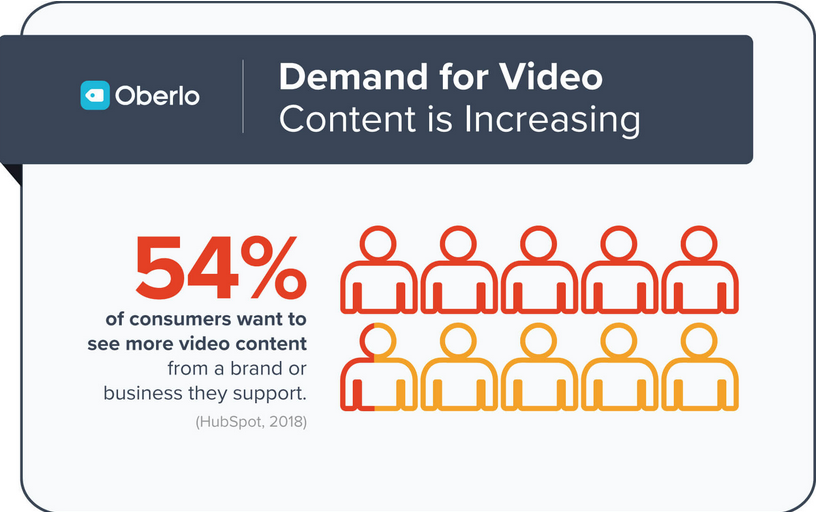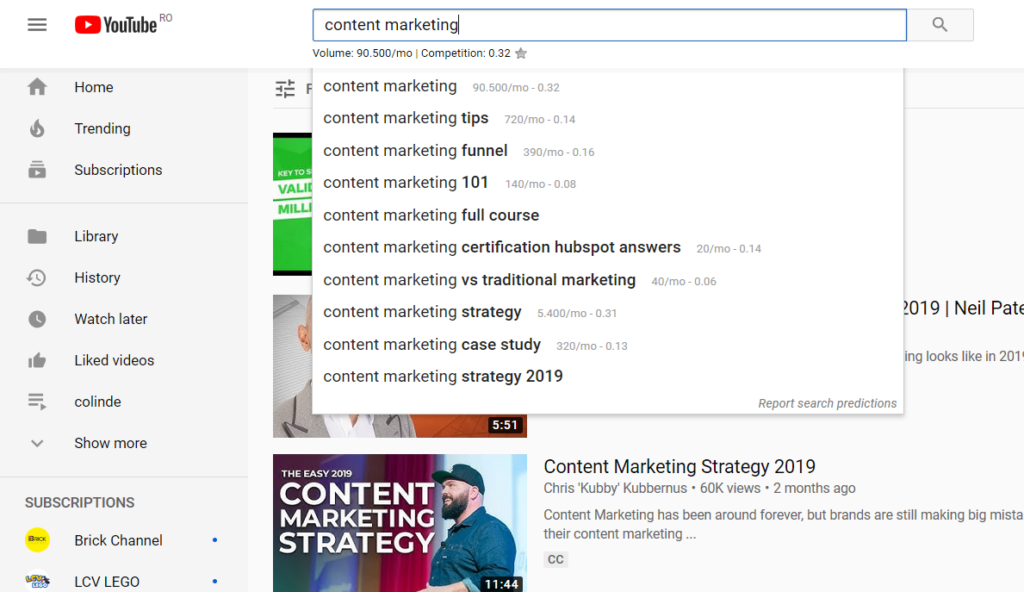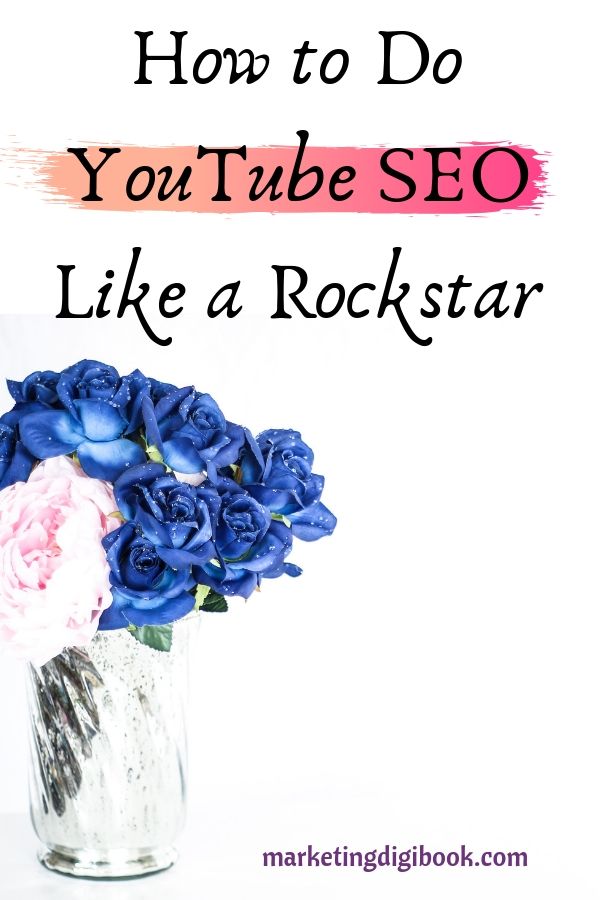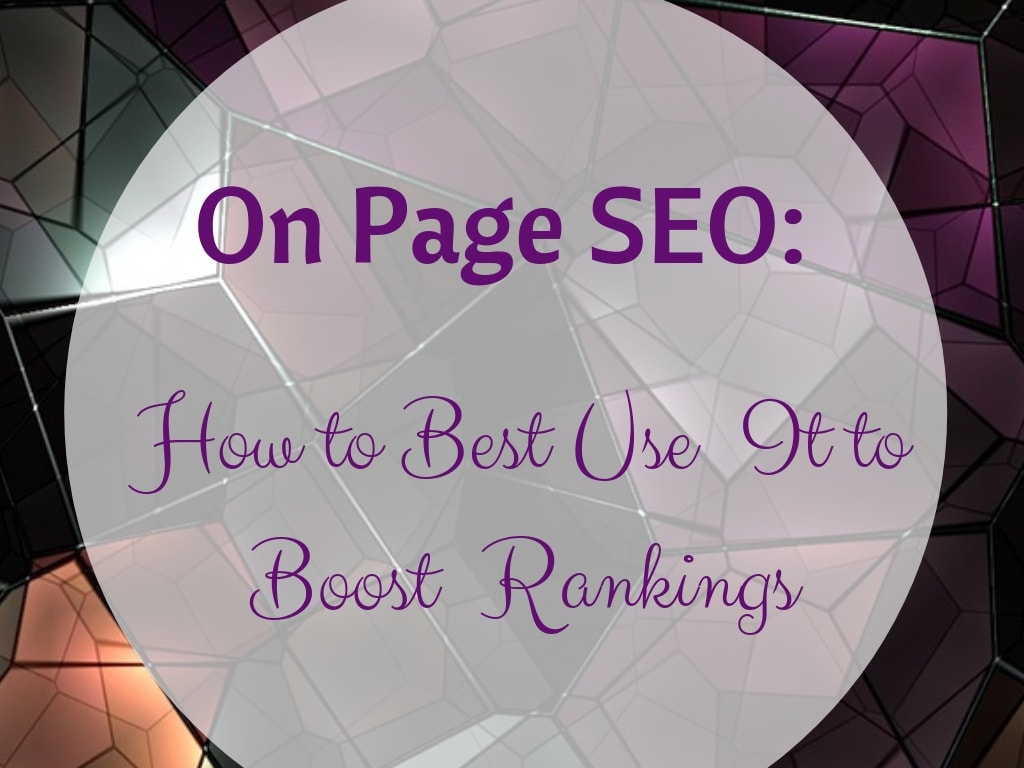YouTube presents such an enormous opportunity for businesses to dive into video marketing. And why won’t it? Statistics show that 54% of users prefer to see more video content and 87% of marketers use video as a marketing tool because it’s effective as far as ROI is concerned. It’s for such reasons that video marketing is on the rise and YouTube SEO ranking is a very important thing if you want to create an impact. If you are just starting YouTube SEO for beginners comes in handy.

Source: Oberlo
And while the main social media platforms in an attempt to keep up with this new trend have incorporated video features in their platforms, none of them can beat YouTube because it’s the second largest search engine with over 2 billion users each month and over one billion hours spent on videos each day.
What this means is that every other person or business is doing something on this platform. So, for you to stand out, video SEO is the next monster you may have to fight with and conquer.
The good news is that it doesn’t have to be such an uphill task because it’s not too different from any content optimization you have been doing in the past.
Understanding YouTube SEO as a Beginner
YouTube search engine optimization may sound like some complex thing and may intimidate you quite a bit. But it’s not that complicated. All it requires is to catch up with the learning curve of all the new strategies and tactics that seem to be coming up every other day. To help this learning endeavor and make catching up easy, here are a few core fundamentals that you can start with.
Let’s Make Your SEO & Content Work Better for Your Business
The Core Fundamentals of SEO
a. Relevance and Authority
The main goal of optimizing your site is to help it rank higher in search engine results to improve your relevance and hence authority. Relevance can be appreciated as a measure of how suitable your content is in solving a certain problem and can be achieved through the use of a selected keyword combination. Authority is the measure of how much trust you’re worth.
b. Keyword Research
Specific keywords by themselves may not do most for you because Google search is driven by both semantic and contextual considerations. The important thing that will help you stand out is to be able to identify the lead or head keyword; this includes equally the short and high-volume keywords as well as the longer and more conversational but low-volume keywords.
c. Measurement plus Analysis
As with any work you do, unless you know how to measure and interpret your results, you may not get so far. One of the best tools you can use to measure and interpret is Google Analytics. It will help you (even if you’re a newbie) to experiment with various metrics to see the ones that perform best.
With these three core fundamentals of SEO, you’re in a better place at understanding why you need YouTube SEO tips for beginners and how to best approach it.
How YouTube’s Algorithm Works
Let’s speak some history.
In 2012 YouTube ranked videos according to view count. Between that time and 2016, it was all about the length of the views your videos got. In 2017 it was more about the quality of your video, just last year, in 2018, it was more about monetization.
But in 2019 they announced that they will not be recommending content that seemed to reach borderline to protect its viewers from being harmed or misinformed. With that said, they’re into assisting their viewers to locate the videos they want to watch while maximizing the length of time spent engaged on the platform.
So, the YouTube algorithm will rank your videos based on how appropriately your video’s title, keywords, or description (metadata) fits the user’s quest and how well it engages your users, i.e. comments or likes. In short, it’s all about the session time and engagement.
How then, can you ace the reach as well as the engagement time for your videos with more ease?

Visuals are the first vector of sales.
Use Professional Styled Stock Photography to Promote Your Business.
Top YouTube SEO Tips for Beginners
There are three main areas of YouTube video SEO that you should put your focus on in order to maximize your visibility. So, this article will look deeper into these three elements:
- Keyword Search
- Optimization of Content
- Engagement
1. Keyword Research
Keyword research simply means looking for words and phrases that users use to search for different video content on YouTube. So, when you optimize your video content through the use of the right keywords, you have a better shot of getting a significant number of views as well as engagement.
So, how can you find the right keywords to boost your video SEO?
How to Search for Keywords for Your YouTube Content and YouTube SEO Tools
a. YouTube Autocomplete
Assuming you are a frequent YouTube user, you have perhaps noticed that when you search for an item on YouTube, you get suggestions that kind of complete your quest. This is called autocomplete. It’s a feature that suggests the most popular keywords that most other people use to find videos when they do a YouTube search.
What this means is that autocomplete gives you the most popular keywords that you can use to optimize your content. But it also goes beyond keywords; it often goes all the way to give you the key phrases that are most popular. This is one of the easiest ways to search for keywords.

b. Top Competitor Videos
It’s always a good idea to see what’s working for fellow YouTubers. How do you do this? Identify the channels in the same niche as you; find their most viewed videos and then check the video titles and descriptions.
c. Video Result Keywords from Google
It’s possible for your videos to not only rank on YouTube Top results, but also on Google. You need to be able to identify specific keywords that can make this happen since Google won’t show video results for just any keywords. These specific keywords that Google can pick are what are called Video Result Keywords.
So, before finalizing the keywords you’ll use for your YouTube SEO checklist, search for them on Google to see which one gets picked up, and then use it more.
d. Your YouTube Analytics
This is another keyword search goldmine since you get to see the very keywords that viewers use to find your content. You can get this by going to YouTube Studio, clicking on “analytics” then “reach viewers”. You may be surprised to find keywords other than the ones you’ve been using. And this will enrich your keywords list and eventually rank you even higher on YouTube search results.
So, besides using your keywords on titles or descriptions and tags, you can maximize your video SEO by mentioning these keywords throughout your speech. This is possible because YouTube transcribes (but you have to correct this) your videos and each time you mention a keyword you help it understand your content’s background relevance in relation to your keywords.
Source: YouTube
2. YouTube SEO for Beginners – Optimization of Your Content
The next important step to optimize is your content. There are several ways to improve the optimization, and here are the main ones.
i. Optimize the Title of Your Video
Ensure your video’s title includes the keywords you are targeting and at the same time the exact words that users choose when searching for your content.
ii. Optimize the Meta Description
The definite way to make your content visible encapsulates the use of optimized descriptions. The use of keywords in your description helps you get the searchers’ attention as well as YouTube’s rankings. A meta description will determine whether the searcher will want to click on your video result or not. A meta description is any additional text that appears in your search results that lets the reader know what the link is all about.
Your meta descriptions must:
- Include the main keywords
- Must be catchy with the use of verbs like “Check out”, “Discover” etc.
- Must be relevant, as compelling as possible, matching the content on your video
- Must be between 135 to 155 characters and no longer
- Have unique meta descriptions
And because these descriptions are an introduction to what you’re about to talk about, they will woo the user to click for more information.
Do not forget to optimize the title of the video file, and the tags, make a thumbnail, and include closed captions.
iii. Transcripts
A transcript is simply a textual illustration of your spoken content in the video files. And because search engines are not able to watch your video, they instead will index the text, this is how transcripts enable them to take in your content and index it as required.
How does this help SEO? Well, content marketers get a lot of derivative data with the help of transcripts and this helps build an authoritative presence in the search results. Transcripts are also great for UX, remember as earlier indicated, YouTube is now more concerned about the user’s satisfaction, so transcripts are a reliable way to optimize the user experience and improve your page rank.
iv. Location
Targeting is everything. If you wish to tap only into your local area, then it’s ideal to include your location in your video. It will boost your video SEO within your target area and maximize visibility.
3. YouTube SEO for Beginners – Boost Engagement
Video marketing SEO thrives on engagement. Gaining many views is no longer enough for your video SEO. Your viewers need to engage with your content because this is how search engines understand how useful your content is to your viewers and this is how YouTube SEO ranking occurs.
The metrics to put your finger on are:
- Likes, shares, and comments – Tracking the number of likes, shares, and comments on your videos is a great guide as to whether your content is relevant or popular or not. The shares and comments especially can boost your engagement and views of your other videos. At this point, it’s important to say that it’s actually ok to encourage your viewers to comment and share your content. Just make it more natural and less salesy.
- Click Through Rate – CTR is the clicks your video gets based on impressions. You can improve your CTR with a great title and a great thumbnail (read on for more on this).
- Subscribers – If the number of your subscribers keeps going higher then it means you’re gaining popularity. This is a good sign of high engagement.
- Audience Retention – this is the amount of time people spend watching your videos. The longer people keep watching your video (ideally to the end) the higher your video will be ranked by YouTube. Why? YouTube wants people to spend more time on their platform for the ads, and if you can help them achieve that, then they return the favor by ranking your content higher.
Here are a few ways to make high-retention videos:
- Start with a summary of your content
- Jump into the main content of your video without being too wordy
- Use open loops – hint at what’s coming
- Video length – longer videos tend to perform better, if you can, make it at least 20 minutes or more.
- Thumbs up and thumbs down
As far as viewer engagement is concerned, always remember that you’re addressing people. Treat the whole conversation (including the ones in the comments) like you would a real-life conversation. This means making your points simple and very clear, emphasizing the key steps, and providing humor while at it, everyone needs a bit of that at some point. And is a sure way to keep your channel engaged and YouTube happy.
Source: Youtube
Bonus Tips on YouTube SEO Basics
Use Eye-catching Thumbnails
This is the first thing that a viewer will see when searching through YouTube. It’s the first impression that will tell the viewer what your video is all about. So, you need to arrest their attention and make them want to watch, or they’ll scroll on.
So, how do you create an impressionable thumbnail?
- Use the right size- YouTube has guidelines for the dimensions. So, don’t make it too small.
- Use a photo with great visual appeal to capture the attention of the viewer.
- Contrast – Pick a perfect contrast for your photo and your title.
A great thumbnail is not only good for your video SEO, but for branding purposes as well.
Embed Your Videos
Besides getting video SEO on the platform itself, it’s possible to achieve this by embedding your video on social media sites and the web in general. This is made easy by the fact that YouTube is very strong in hosting video content on these other platforms on the web.
The sharing and embedding buttons are already present in the default options so your work has pretty much been done. The advantage of embedding videos in other places is that it grows your engagement in great ways; in any case, someone who may not know about your channel on YouTube may be able to see your content on a blog or on social media. There is no end to the benefits of embedding videos because people generally love video content more.
Promote and Link Your Channel
Within the first week of posting your video, you’ll see it featured on YouTube’s new content. So, how do you promote it for maximum visibility?
The first thing is to know the best time to post the video. You can identify the peak periods by checking your real-time reports.
You can also promote your video by linking it to your email or embedding it as indicated earlier, in your newsletter, blog, or wherever your existing audience may be spending their time.
Stellar Content
While this is a YouTube SEO tutorial, no matter how brilliant video SEO will not guarantee success without quality content because the quality of your content is what carries the day. The degree of optimization is important of course, but people will not try to find you again unless you give them a reason to.
Keep it relevant, useful, and engaging. Build it around authenticity and it will sell itself. As far as SEO is concerned, be specific as much as possible with your keywords and the intent of the topic.
Be consistent and frequent with your content to keep the viewers engaged and for you to stay relevant in their lives.
In Summary
YouTube SEO is more than just keywords, it is a combination of various YouTube SEO tools put together for effective results. It’s about ranking your video search results to improve your relevance and your authority by understanding how the algorithm values session time as well as engagement and knowing how to leverage these two requirements through optimization.
Other factors of great importance include the delivery of quality and relevant content on a regular basis to build a relationship with your viewers and consequently build lasting engagement. Video SEO has improved due to the availability of measurable metrics that help keep track of the work in progress. And YouTube SEO basics are rather digestible. Plus, there are tools and features on YouTube to help. So, don’t stop trying until you master this art while keeping yourself updated with the ever-changing ranking algorithm of YouTube.






